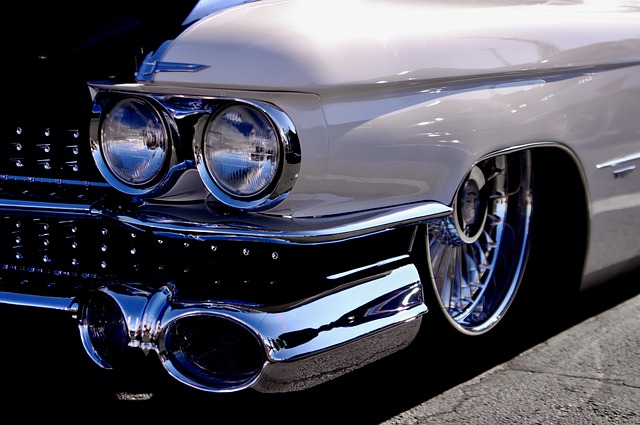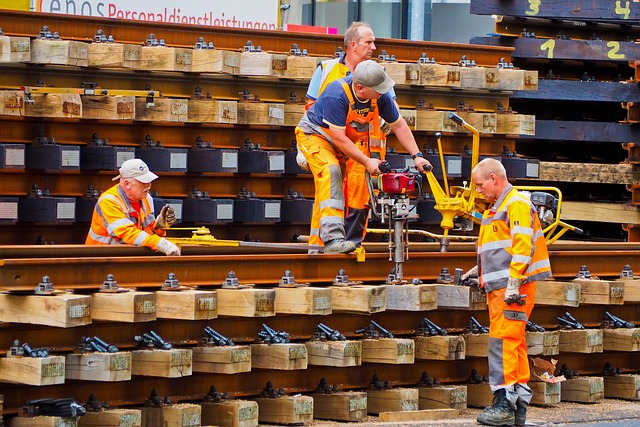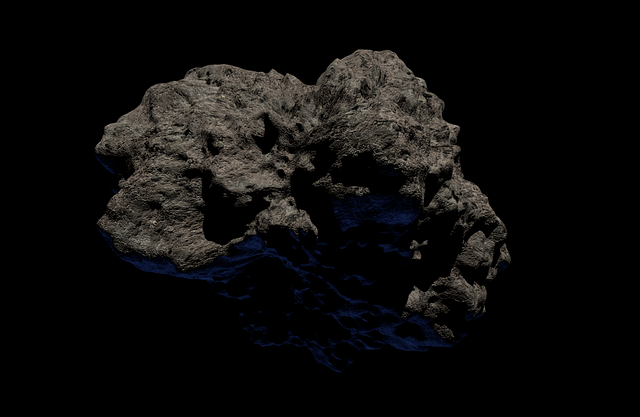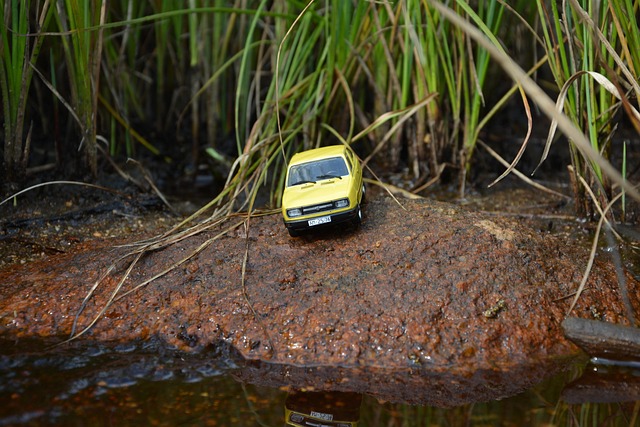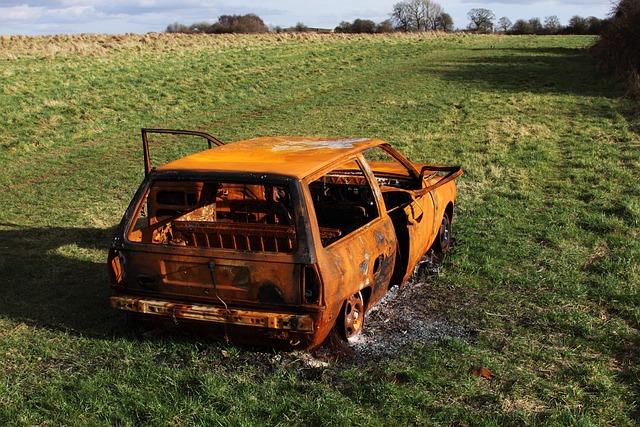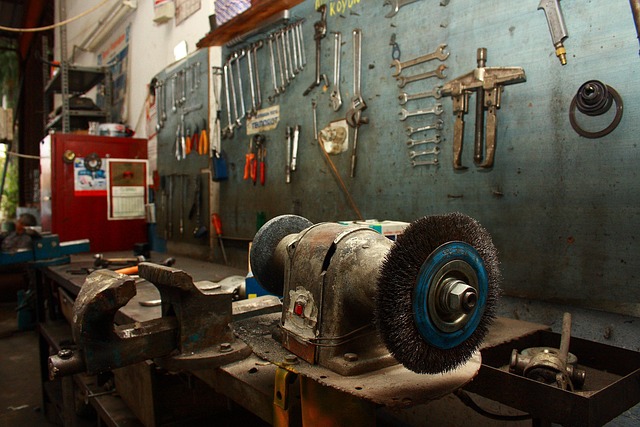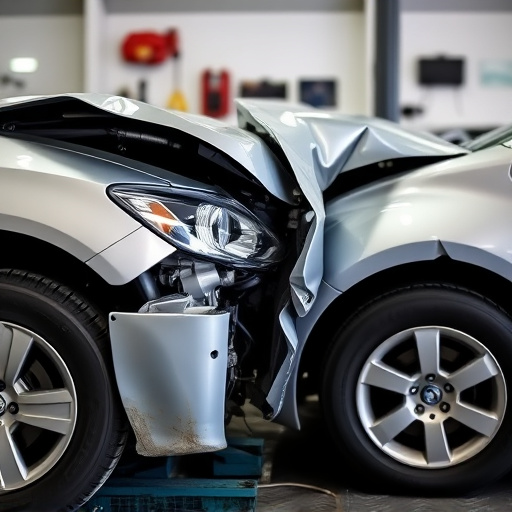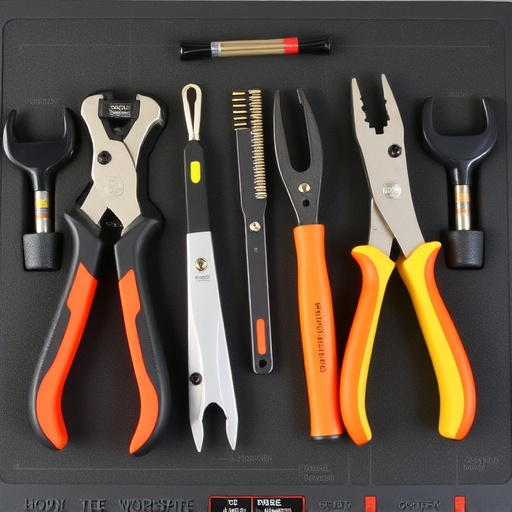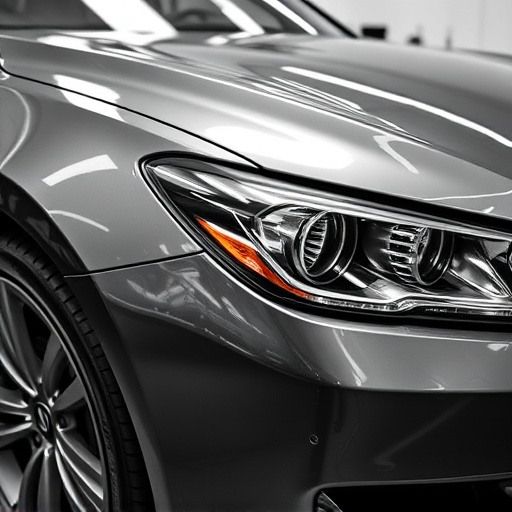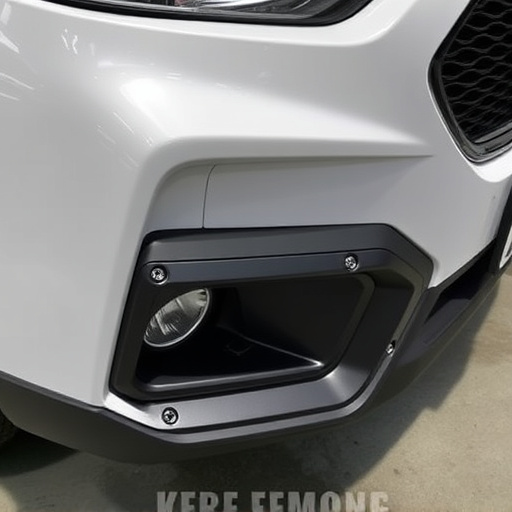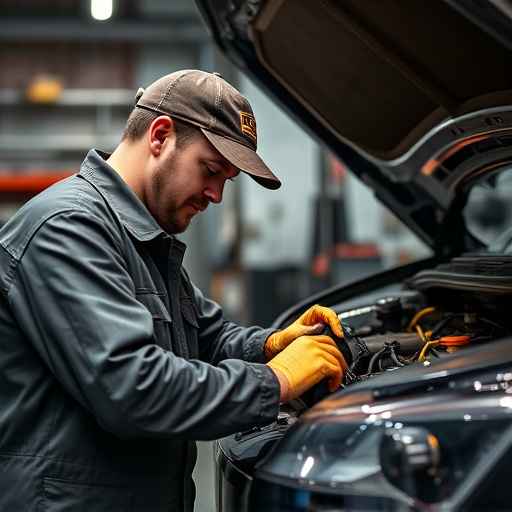3D car scanning technology transforms automotive diagnostics by creating precise digital models of vehicles, enabling detailed analysis and accurate detection of issues like damage or wear. This technology streamlines collision and body repair, enhances quality, increases efficiency, and saves costs for both businesses and clients. It offers unprecedented accuracy in vehicle inspections, revolutionizing automotive maintenance and personalization with precise measurements and visual references.
“Revolutionize vehicle diagnostics with 3D car scanning technology—a game-changer in modern automotive maintenance. This cutting-edge technology offers unparalleled precision and efficiency, transforming how mechanics and technicians assess vehicles.
In this article, we explore the profound impact of 3D scanning on diagnostic accuracy (Enhancing Diagnostic Accuracy) and uncover the step-by-step process from physical car to digital model (The Process). We also delve into its diverse applications, revealing how it uncovers hidden issues (Applications), ultimately improving overall vehicle health.”
- Enhancing Diagnostic Accuracy: A Deep Dive
- The Process: From Car to Digital Model
- Applications: Unlocking Hidden Problems
Enhancing Diagnostic Accuracy: A Deep Dive

The advent of 3D car scanning technology has brought about a significant paradigm shift in the automotive diagnostics landscape. This innovative tool offers unparalleled precision and detail, enabling technicians to peer beneath the surface of vehicles with ease. By creating highly accurate digital representations of cars, 3D scanners facilitate a deeper understanding of complex vehicle structures, intricate design elements, and even subtle signs of wear and tear.
This enhanced diagnostic capability is particularly pivotal in fields such as collision damage repair and car body repair. With 3D scanning, technicians can more effectively assess and document pre-existing conditions, identify hidden dents or dings that might have gone unnoticed otherwise, and precisely plan repair strategies. This level of detail not only ensures higher quality repairs but also streamlines the process, ultimately reducing costs for both automotive businesses and their clients.
The Process: From Car to Digital Model

The process of transforming a physical car into a digital model via 3D car scanning technology involves several precise steps. First, specialized sensors meticulously capture millions of data points from every angle and surface of the vehicle, creating an accurate 3D map. This non-invasive method ensures no damage to the actual car during the scan. The data is then processed using advanced software, which reconstructs the vehicle’s digital twin with remarkable detail. Every curve, contour, and feature of the car’s bodywork, including intricate design elements and paint patterns, are replicated perfectly.
This digital model serves as a comprehensive reference for various purposes, from vehicle paint repair and tire services to detailed inspections and even customizing aftermarket modifications. The 3D scan provides an exact blueprint, allowing technicians and enthusiasts alike to work with precise measurements and visual references. This technology revolutionizes the way we maintain and personalize our vehicles, offering a level of precision and convenience previously unattainable in the automotive industry.
Applications: Unlocking Hidden Problems

The application of 3D car scanning technology is transforming the way automotive professionals approach diagnostics and repairs. By creating detailed digital models of vehicles, this innovative tool becomes a powerful ally in identifying hidden issues that might otherwise go unnoticed during manual inspections. It offers an unprecedented level of accuracy and precision, ensuring every curve and contour of a car’s body is meticulously captured. This technology is particularly valuable in complex cases where traditional methods struggle to pinpoint the source of a problem.
For example, when dealing with automotive collision repair or car body restoration, 3D scanning provides an invaluable resource. It can detect subtle deformities or misalignments, enabling technicians to make informed decisions about the extent of repairs needed. This early detection not only saves time and resources but also enhances the overall quality of work in the automotive body shop.
3D car scanning technology is revolutionizing diagnostics by offering unprecedented accuracy and detailed insights. By accurately recreating physical cars in digital form, this innovative process enables professionals to uncover hidden issues that might otherwise go unnoticed during traditional inspections. As the application of 3D scanning continues to expand, it promises to streamline automotive diagnostics, ultimately leading to safer and more reliable vehicles on our roads.


